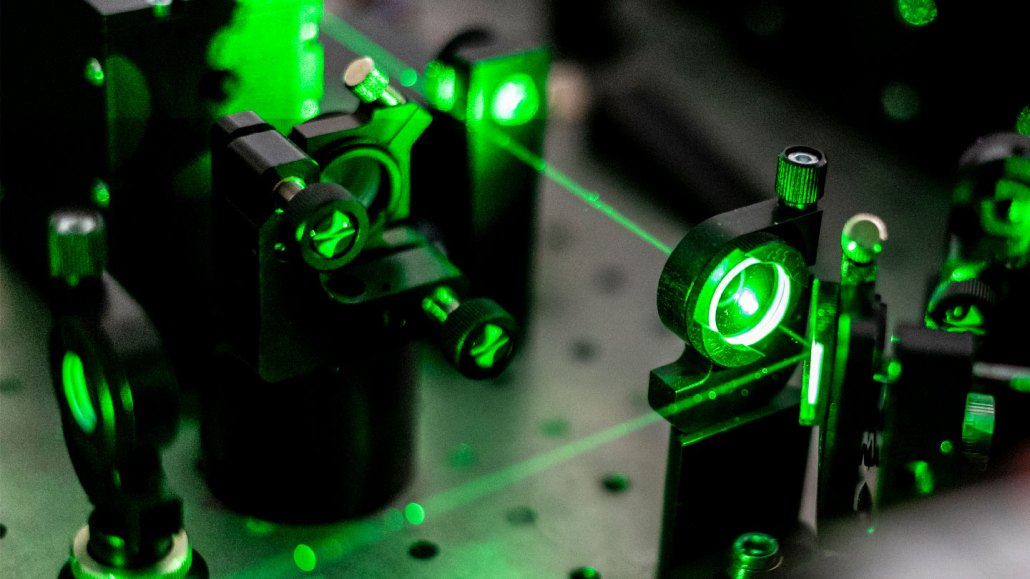Here’s how to make a fiber-optic cable out of air using a laser
Air-based 'waveguides' could help with remote sensing as well as laser beam weapons

Specially tailored laser beams can create a channel in the air through which light can efficiently travel, creating something akin to a fiber optic cable made of air.
Михаил Руденко/iStock/Getty Images Plus







